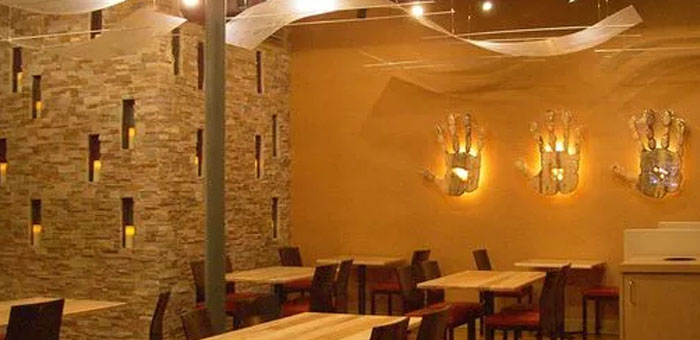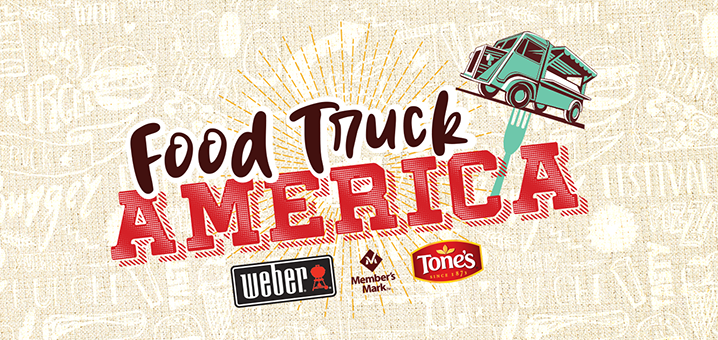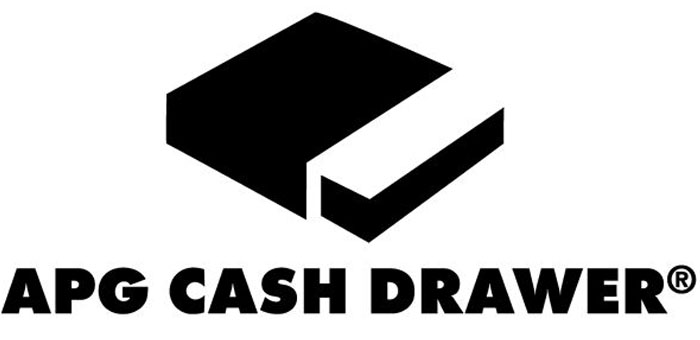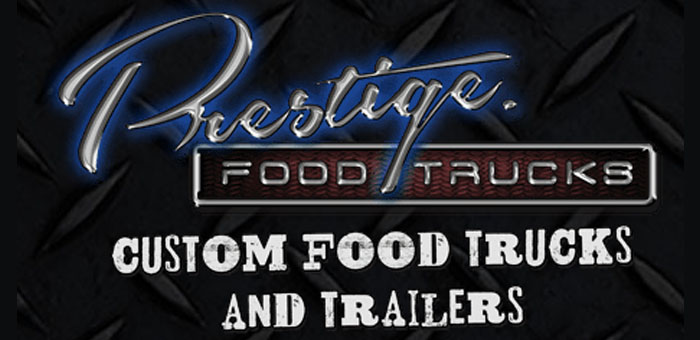Diminishing consumer and Wall Street confidences may plague bygone prom king Chipotle, but the fast casual category it helped create is no shrinking violet. Last year, fast-casual restaurants performed better than any other food service segment, with $40 billion profits and sales among top operators up 8.4%.
What gives? Did 321 million Americans suddenly, simultaneously develop a yen for grain bowls and bamboo flatware, or are broader socio-economic forces at work?
Smart money is on the latter. Just as the ascendance of fast food coincided with America’s budding automotive industry and highway system, fast casual is ideally suited to the post-millennial era. Americans today work longer hours and are more likely to live in cities than previous generations. Economic uncertainty coupled with the explosion of culinary culture makes consumers increasingly aware of how and where they spend their dining-out dollar.
Taim, a falafel counter from renowned Israeli-American chef Einat Admony. Jose Andres’ vegetarian Beefsteak brand has outposts in Washington, D.C., Maryland and Philadelphia.
Other fast-casual frontrunners provide distinctly local tastes, connecting diners to founders’ communities and regional cooking styles. Tocabe, a Denver-based brand with two Colorado locations, dishes out such Native American specialties as bison ribs and fry bread nuggets. Seattle’s Marination Station offers Hawaiian-Korean bowls, burgers and buns.
Find the entire list at usatoday.com [here]




